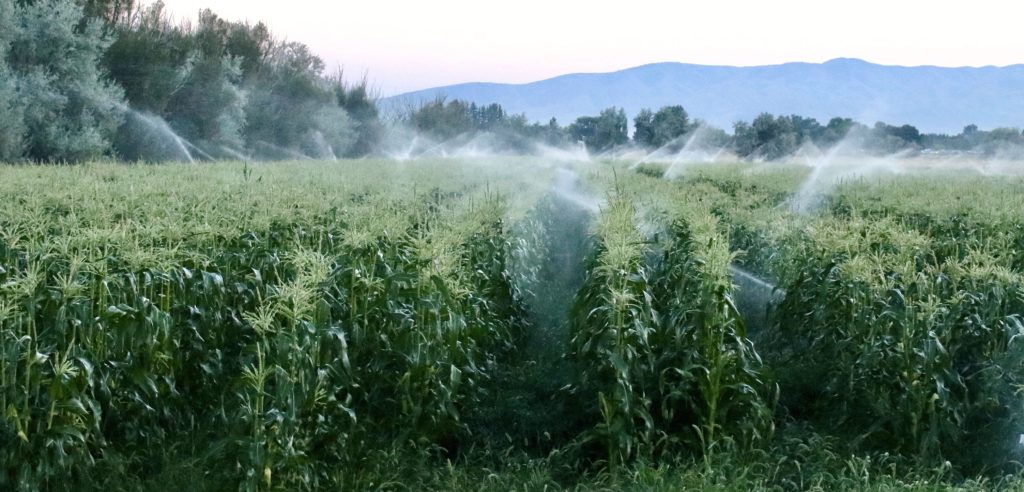Water may never change, but the roots it nourishes certainly do. While there are numerous irrigation methods that claim to be the best, what technique is actually the most effective? The answer varies depending on the crop, but generally speaking, all methods have their supremacies and shortcomings. Though it would be near impossible to succinctly break down the best irrigation practices for every plantable crop, I have chosen three common crops and discern how to best tailor your irrigation patterns for maximum results.
- Potato
One of the most popular and versatile vegetables, potatoes are grown in nearly 2,000 varieties in 160 countries around the world. This global presence also means that potatoes are planted and irrigated in many different ways. Here in the United States, the drip irrigation method is the most used among farmers. Potatoes are a root vegetable, and a drip irrigation method allows water to directly reach the roots growing deep in the soil. Drip irrigation systems are attractive to farmers as they emit zero pollution and minuscule evapotranspiration.
On the down side, drip irrigation systems should only be implemented if farmers have a clear understanding of their crops, field, and other external factors. Farmers can counteract this information barrier by installing soil sensors alongside their drip irrigation system. Soil sensors work in tandem with drip irrigation to ensure crops receive the ideal amount of water, sunlight, and nutrients. Our soil sensors use a capacitive measuring technique to extract data and simultaneously send notifications of a crops well-being to your phone. With soils sensors, using a drip irrigation method for potatoes ensures maximum crop management and water conservation.

- Carrot
Similar to the potato, carrots also thrive with drip irrigation systems. This is not surprising considering carrots also belong to the root family. Studies have shown that carrots grow most effectively when given about an inch of water each week in the growing season. With a drip irrigation system, farmers can implement a stable steam of water to reach each layer of the plant. However, carrots do differ from their potato relatives in their need for fertilizer. A potato can, although it is not recommended, grow without soil. In contrast, carrots require soil rich with nutrients and often, the additional use of fertilizers to maximize growth. In this regard, soil sensors can help the efficiency of drip irrigation systems by understanding the underlying needs of your soil and crops. With the use of soil sensors, farmers are made aware of detailed soil salinity and soil moisture reports to help their carrot crops thrive in all conditions.

- Wheat
When it comes to large scale farming endeavors, some farmers have found that an overhead irrigation method is most effective. The set up and maintenance for drip irrigation and other irrigation methods can become quite tedious when replicated on a large field. Overhead irrigation allows water to have greater coverage and uniformity. For a crop like wheat, which usually grows in large clusters, overhead irrigation is a viable alternative to the drip irrigation system. The main downside to overhead irrigation is that this method can have blind spots and leave some crops dry and under-watered. If farmers irrigate on a windy or sunny day, the elements can also divert water and leave plants under-nourished. However, soil sensors can accommodate overhead irrigation when placed around fields. Soil sensors can ensure that elements and irrigation placements are accounted for when measuring growth and soil moisture.

Although each irrigation method serves a different purpose, no irrigation method is superior and all systems have their disadvantages. When determining which irrigation system is most appropriate for your crops, farmers should consider using soil sensors to improve their crop’s health and yields. After all, so many factors determine the quality of a crop – irrigation is just one of them. With soil sensors, irrigation systems can be maximized through a greater understanding of how your crops react to water, soil, and their environment.